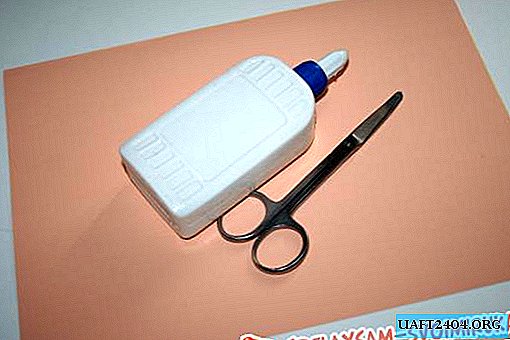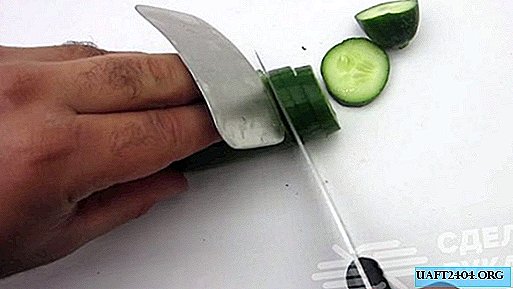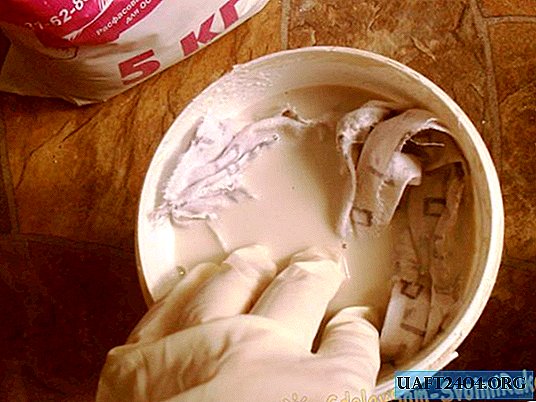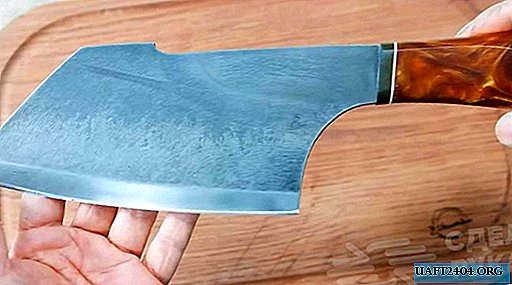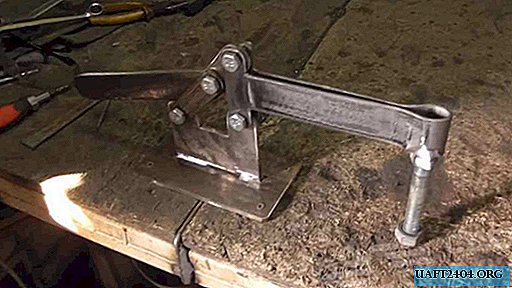Share
Pin
Tweet
Send
Share
Send
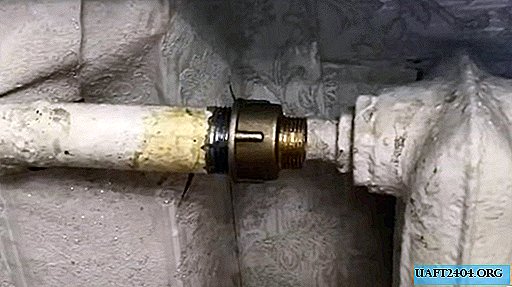
I will show how easy it is to cut a thread on a water pipe to an ordinary home foreman, without any skills in this matter and with a minimal set of tools. For example, when replacing a central heating battery, as in my case. This is absolutely nothing complicated and the method is available to almost everyone.
So, you cut the pipe with a grinder or other tool, such as a hacksaw. The main thing is that the cut is smooth and perpendicular.

Will need
- Klupp for the required pipe diameter.
- Adjustable wrench (gas).
Klupp is a thread-cutting tool, such as a die, only this is a nozzle with a guide skirt. It must be purchased at a plumbing store. There is no shortage of them, so you will find it without problems, even in the village.

In this case, the Chinese version is presented, pretty good.

Such a thing costs around 200-500 rubles. It all depends on the diameter and margin. Running models for diameters 1/2, 3/4 inches and inch as in my version.

You can ask plumbers the Soviet counterpart, if there is such an opportunity. Then for you it will be generally free.

Cut the thread on the pipe
Old paint can not be removed. Lubricate the place where the thread will be solid or liquid lubricant: solid oil, lithol, engine oil.

We also coat the incisors on the die.

Neither there nor there is a need to apply a lot of solid lubricant, since the chips after sticking will stick to it and will not fall down, which means they will be removed.
We put the screw plug guide on the pipe.

The idea is that the screwdriver rotates with a specialized tool - a rattle, but since we have a one-time job, it will not be profitable to purchase an expensive tool.
We take an adjustable wrench, and adjust its size to the back of the klupp.
We rotate the tool, making several revolutions around the pipe. Now the cutters are engaged.

If the pipe is flimsy and unstable, it must be held by another adjustable wrench like this:

And use the other adjustable wrench to rotate the nozzle.
The cutting sequence is as follows: 2-3 turns of the die forward, 1 back. This must be done so that the chips break, fall off and do not interfere with further cutting. If this is neglected, the chips may jam the threads.

Just need to cut 4-5 full threads.

As a result, the thread on the pipe is cut.

Also note that the incisors in the die have a small cone. This is necessary so that you can easily start and cut the thread. As a result, I lead to the fact that the final turns may be incomplete and undercut in depth.
Therefore, to get 3-4 full turns of thread on the pipe, visually it is better to cut 6-7 turns.
After all work, the thread can be checked by screwing on it any adapter or fitting.

The thicker the pipe, the greater the effort it takes to turn the nozzle. The method is not tricky, proper skills are almost not required, even a beginner can cope. It is impossible to twist the thread, so you should not be afraid.
Share
Pin
Tweet
Send
Share
Send



